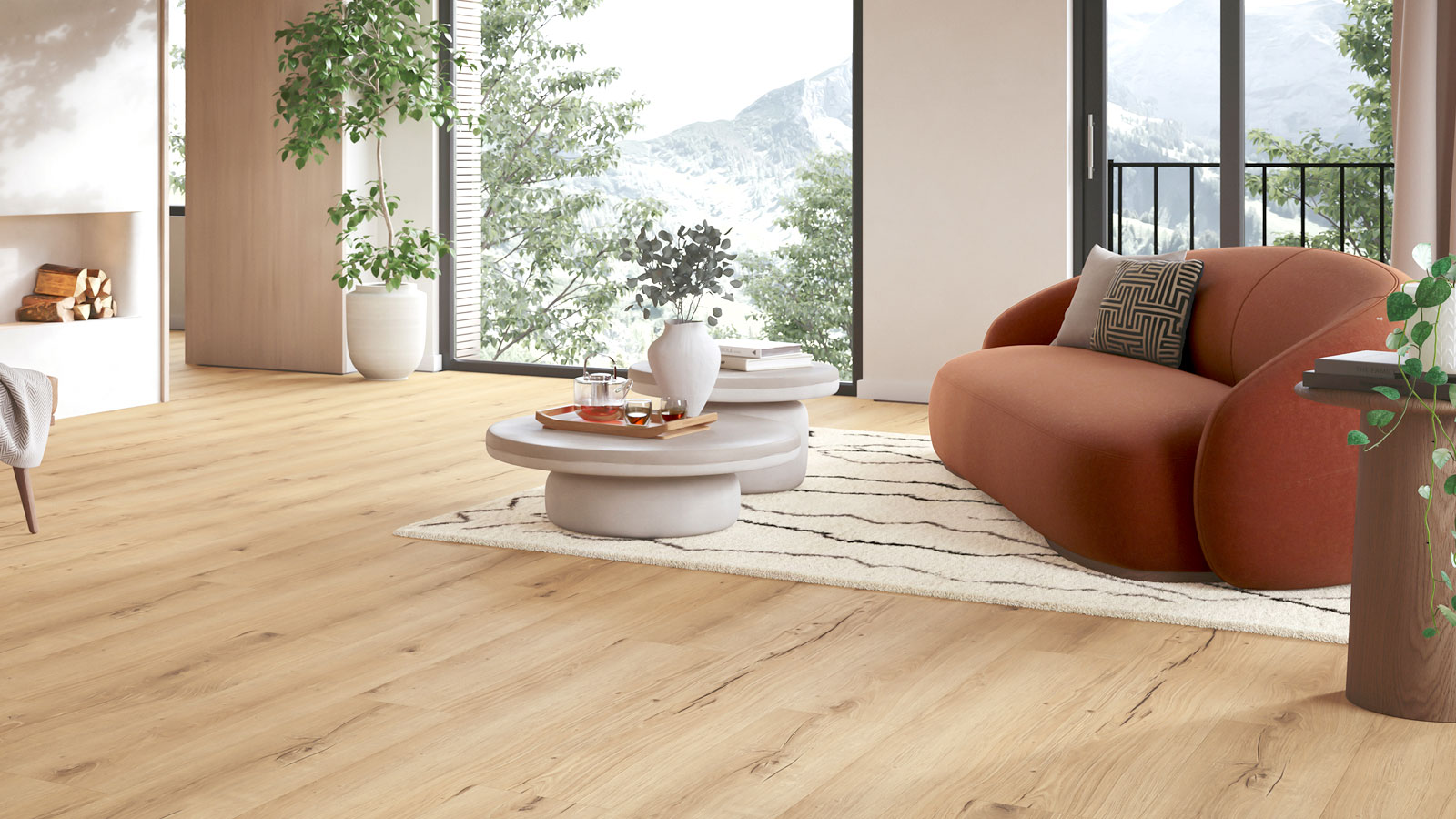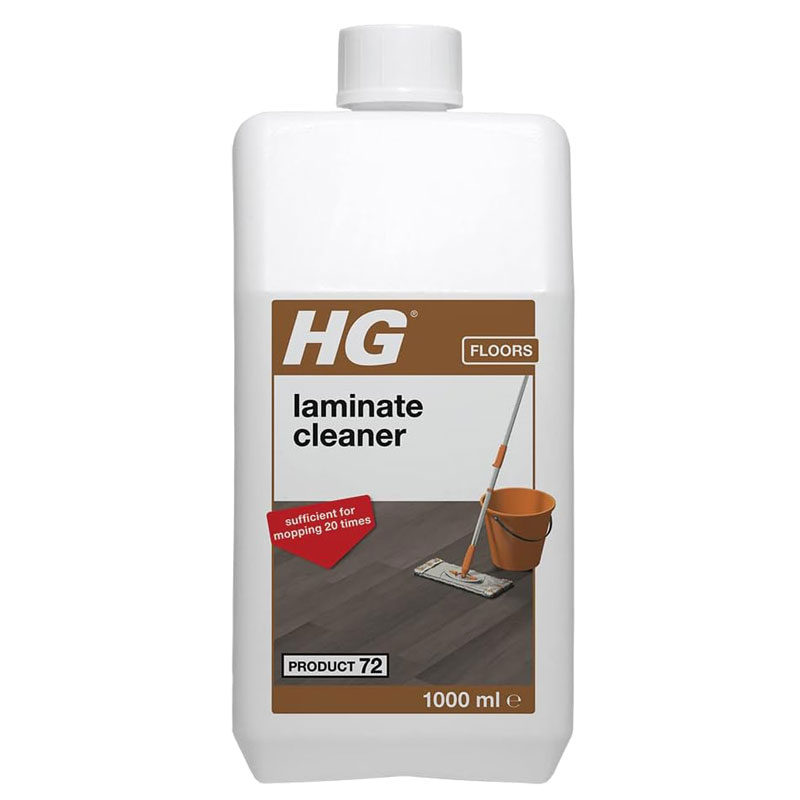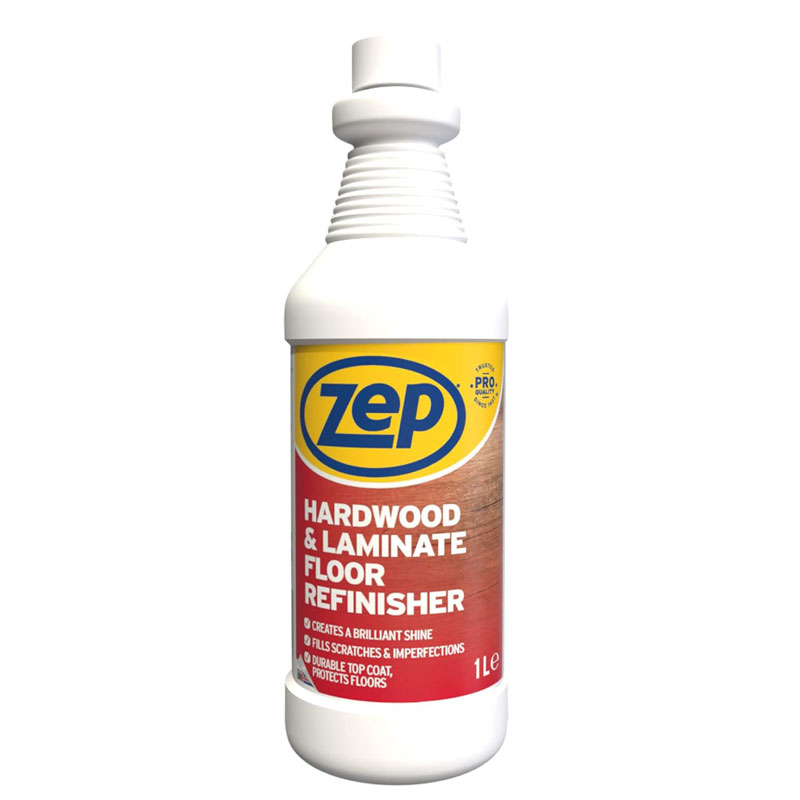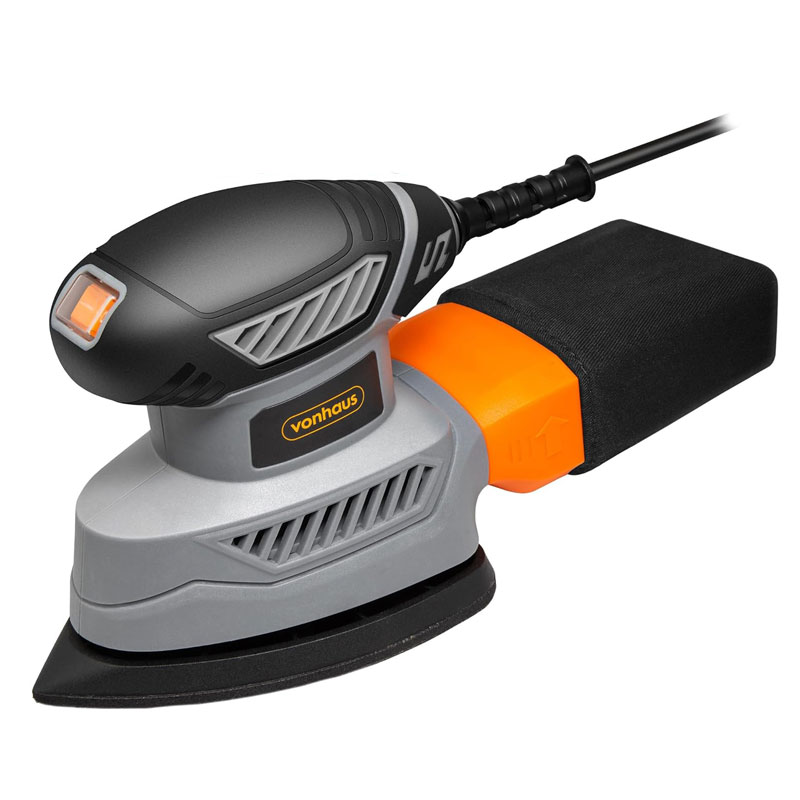Can you sand laminate wood flooring?
The answer to the question of whether you can sand laminate flooring isn't as straightforward as you might think. Here we reveal when it might be appropriate

Are you asking yourself, 'can you sand laminate wood flooring?' Then there’s a good chance that you have a reason why. Does your flooring have superficial scratches? Is there unwanted and unsightly damage? Is it worn out but you don't want the expense of replacing?
Different types of flooring need to be treated differently and taking sandpaper to laminate isn’t highly recommended. But there are occasions when it’s an acceptable option. Here we reveal reasons when you might need to sand your laminate wood flooring and how to do it.

Christoph Wellekoetter is Head of Product Management at Parador, a global interiors brand that designs, develops and produces a range of flooring from engineered wood to laminate and vinyl
Can you sand laminate wood flooring?
The simple answer would be no as Christoph Wellekoetter, Head of Product Management at flooring specialists Parador explains, “We would advise not sanding laminate wood flooring. Although laminate flooring consists of almost one hundred percent wood, its product structure is complex and comprises a series of protective layers that give it durable properties.”
If you choose to sand laminate wood flooring you could be heading for trouble as Wellekoetter explains, “Sanding laminate removes these protective layers, ultimately weakening the flooring.”
He adds, “Our laminate flooring is fitted with a highly abrasion-resistant and waterproof overlay made of melanin resin that offers high protection against everyday wear and tear.” This top protective layer is found on all laminate flooring and if compromised it will lose its protection for the layer underneath. This can lead to the decorative wood effect layer becoming worn and the pattern disappearing.
But, while sanding laminate wood flooring is not recommended, that doesn’t mean you can’t.
Reasons to sand laminate wood flooring?
Laminate wood flooring is prone to wear and tear in the same as any other flooring and will need a refresh to keep it looking good.
1. Get rid of superficial scratches
Constant footfall across the floor and moving furniture can leave unwanted surface scratches. Using a fine grade sandpaper will help smooth out the protective layer and hide the scratches. After sanding, think about using a laminate cleaner and/or a laminate reviver to add a new protective layer to restore the laminate.
Bring your dream home to life with expert advice, how to guides and design inspiration. Sign up for our newsletter and get two free tickets to a Homebuilding & Renovating Show near you.
2. Paint old laminate flooring
If your laminate wood flooring is worn and losing its lustre you can paint laminate flooring to give it a new lease of life. Just make sure that you prep properly and use the right paint to get a good-looking, durable finish.
An obvious alternative is to repair old laminate – or replace with new laminate wood flooring. Replacing a laminate wood plank isn’t that difficult, but there is the issue of matching with the current floor.
Laminate wood flooring is typically made in batches and different batches can differ from others, giving a mismatch when installed. If you have leftover flooring use this. If not, take the flooring with you when looking for new flooring to get a good match.
Try these to help maintain your flooring
Which sandpaper can I use?
If you decide you are going to sand your laminate wood flooring you need to proceed with caution. There is only a thin protective layer on the top of laminate wood flooring and if you just want to refresh your laminate flooring and get rid of superficial scratches you will need a fine sandpaper grade.
A 240-grit sandpaper is a good choice. It's fine enough to help remove a portion of the protective layer without affecting the decorative layer. If you are going to paint your laminate flooring you can use a more abrasive sandpaper such as 120-grit to help adhesion.
FAQs
Is higher rated laminate flooring better to sand than lower rated laminate?
Laminate flooring is rated from AC1 to AC5, which indicates how durable the flooring is. Laminate flooring found in the home is typically rated from 1-3 , while 4-5 rated laminate is typically used in commercial properties.
Generally speaking, the higher the thickness, the more durable the laminate is and the more it can be sanded. For residential properties flooring with an AC3 rating is the most durable and is ideal for heavy footfall, i.e hallways. While AC1 laminate is only good for light footfall, making it a good choice for bedrooms.
Does sanding restore dull wood laminate flooring?
No. Just sanding dull laminate wood flooring will not restore the floor to how it was previously. However, sanding with a fine grit sandpaper will help get rid of fine imperfections and smooth out the floor. But, to restore your laminate wood flooring you will need to regularly maintain the floor with a specialist cleaner and reviver.
Looking after your laminate flooring is key for keeping it looking good for longer. But if it needs replacing, how much does it cost to lay laminate flooring. If you're going to do it yourself check out our Tools for laminate flooring guide to help make sure that you have everything you need.
Steve Jenkins is a freelance content creator with over two decades of experience working in digital and print and was previously the DIY content editor for Homebuilding & Renovating.
He is a keen DIYer with over 20 years of experience in transforming and renovating the many homes he has lived in. He specialises in painting and decorating, but has a wide range of skills gleaned from working in the building trade for around 10 years and spending time at night school learning how to plaster and plumb.
He has fitted kitchens, tiled bathrooms and kitchens, laid many floors, built partition walls, plastered walls, plumbed in bathrooms, worked on loft conversions and much more. And when he's not sure how to tackle a DIY project he has a wide network of friends – including plumbers, gas engineers, tilers, carpenters, painters and decorators, electricians and builders – in the trade to call upon.




